Let's say you're in more of a rush to revitalize your skin. You're dealing with brown discoloration, dullness, and maybe some fine lines, and you're ready to commit to a bit of downtime. In this case, a medium-depth chemical peel is the way to go.
The most common type is a 35% TCA peel, with the Jenner's peel, being a popular combination.
With these peels, you're penetrating deeper into the skin, reaching the upper portion of the dermis, (compared to superficial peels that primarily affect the epidermis).
Medium peels target more pronounced issues like pigmentation irregularities from sun damage, more moderate signs of aging like deeper wrinkles, and promote skin renewal and improvement of overall texture including reduction of acne scars.
Due to the depth of these peels, they tend to be more painful, and therefore requires some level of oral or IV sedation. When the chemical agent is applied to the face, the initial application will trigger a reaction and your skin will reach a point called "frosting," which is a coagulation of the skin's proteins, and this is what's actually removing the epidermis and part of the dermis, which is the painful part of the procedure. Whoever is performing the peels needs to be able to observe and assess the skin's response and make adjustments carefully. It's crucial to recognize the skill and experience required to perform these peels. Precision is key, and choosing a professional to administer them is necessary.
During these medium peels, the top layer of your skin is dying, which will cause it to peel off and heal so that the newer skin can emerge. This skin will be fresh, with less pigment and fewer fine lines. It looks bright and luminescent because it's essentially a brand new epidermis.
There's an element of artistry and experience involved in this process. Going too deep can lead to unintended consequences, such as scarring, especially in delicate areas.
Unlike superficial peels, which pose minimal risk, medium-depth peels require careful consideration and require a longer downtime, lasting 7 to 10 days. During this time, you're not leaving the house. You need to be taking care of your face and washing 2-3 times a day, applying soothing balms and ointments, and need to follow specific pre and post care instructions so you heal properly and don't risk damaging your skin.
Be prepared for your skin to change colors, flake off, and peel in sheets, and keep in mind that it's a trade-off: enduring a week or so of looking like a shedding snake, in exchange for long-term benefits.
While the process may seem daunting, the outcome is often radiant, rejuvenated skin, and results can be truly transformative.
This type of peel strikes an excellent balance between effectiveness and efficiency, making it a popular choice among surgeons and individuals seeking noticeable results without excessive downtime.

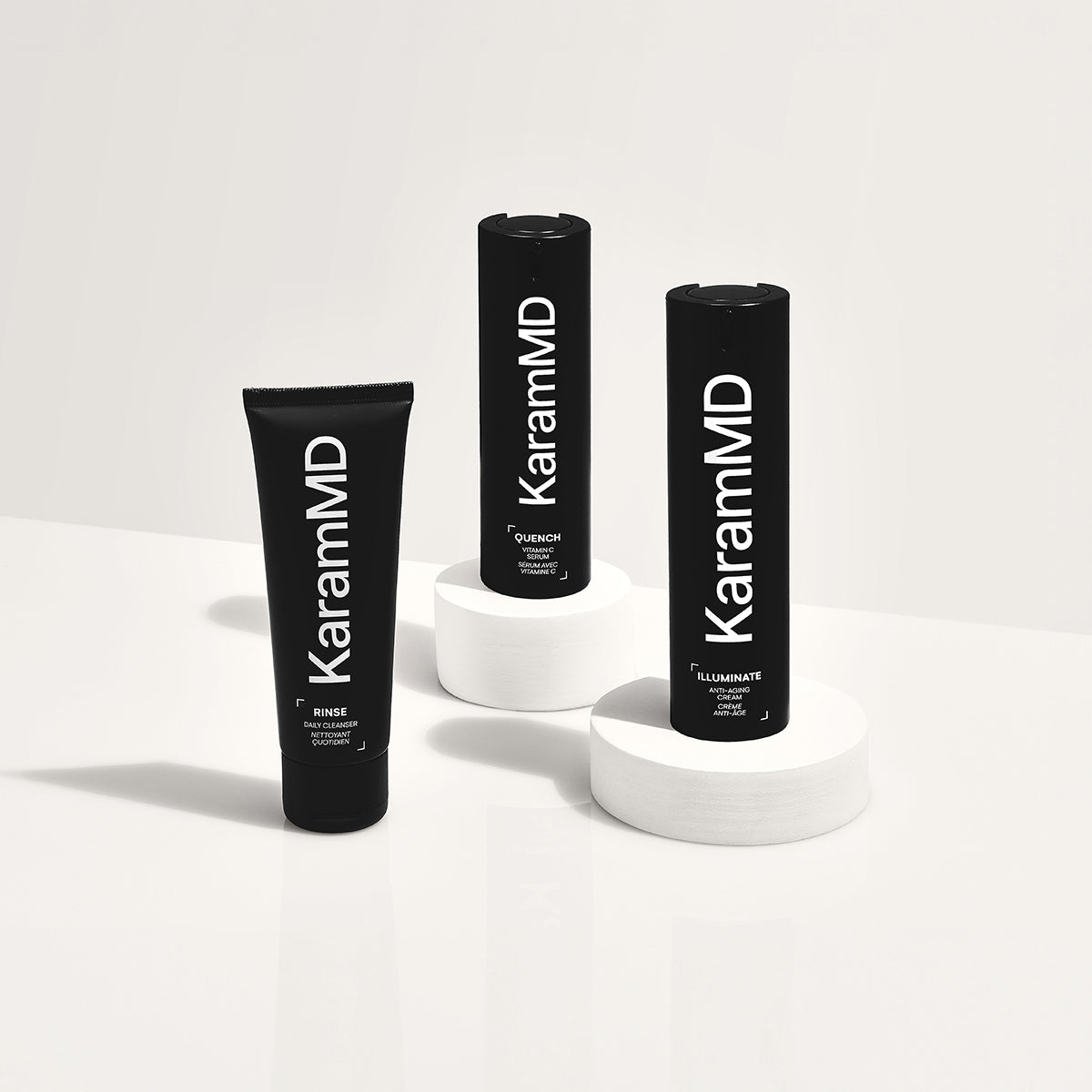
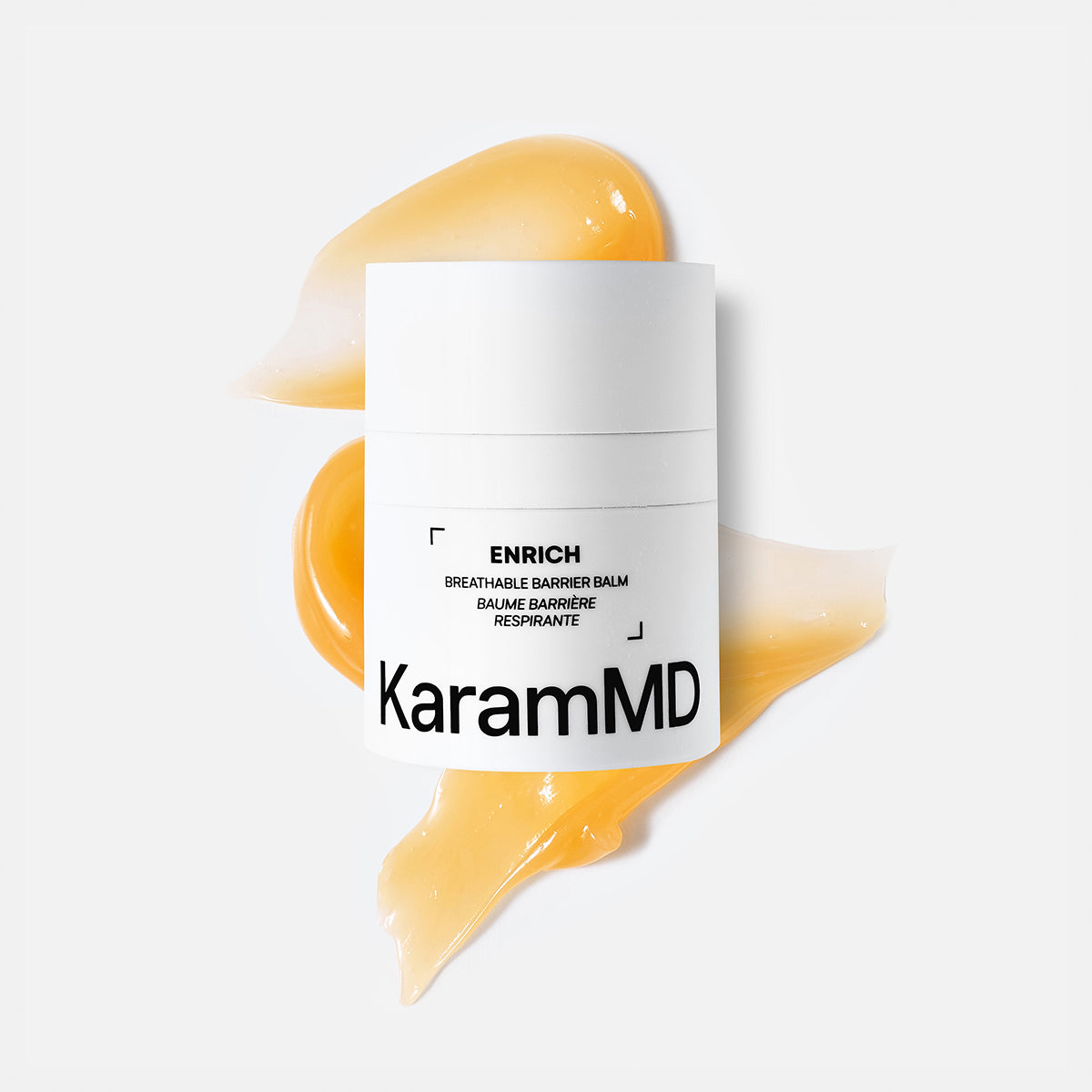
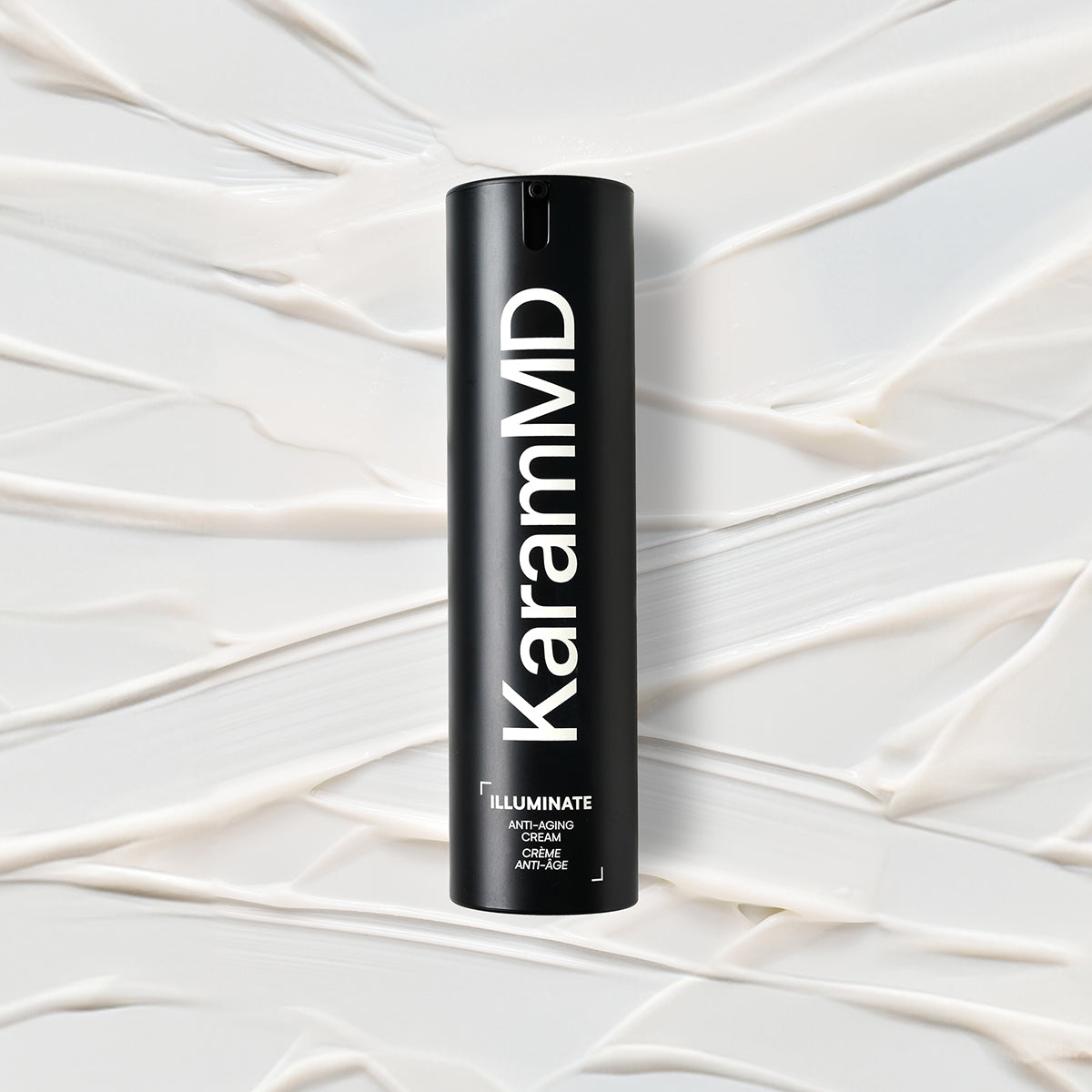
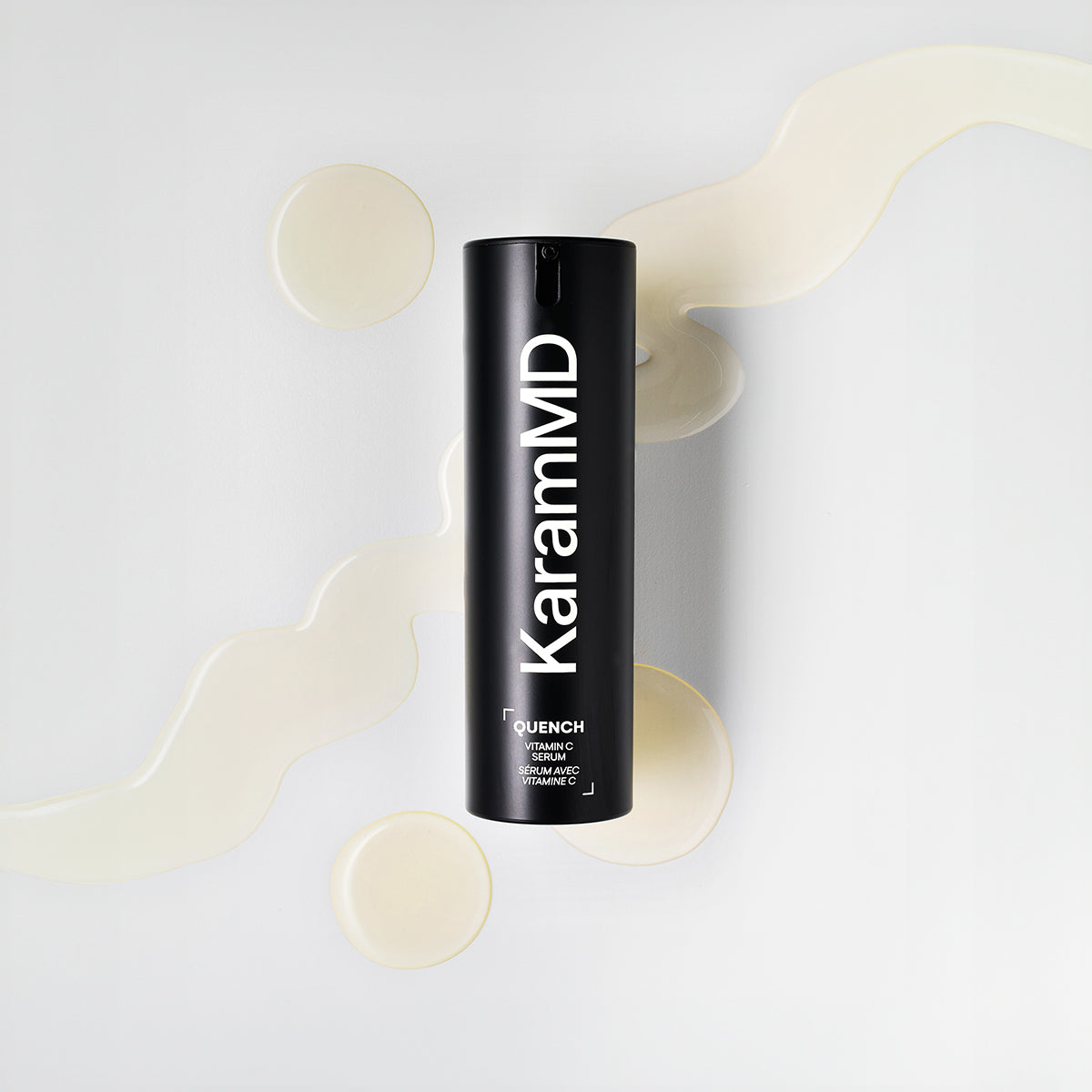
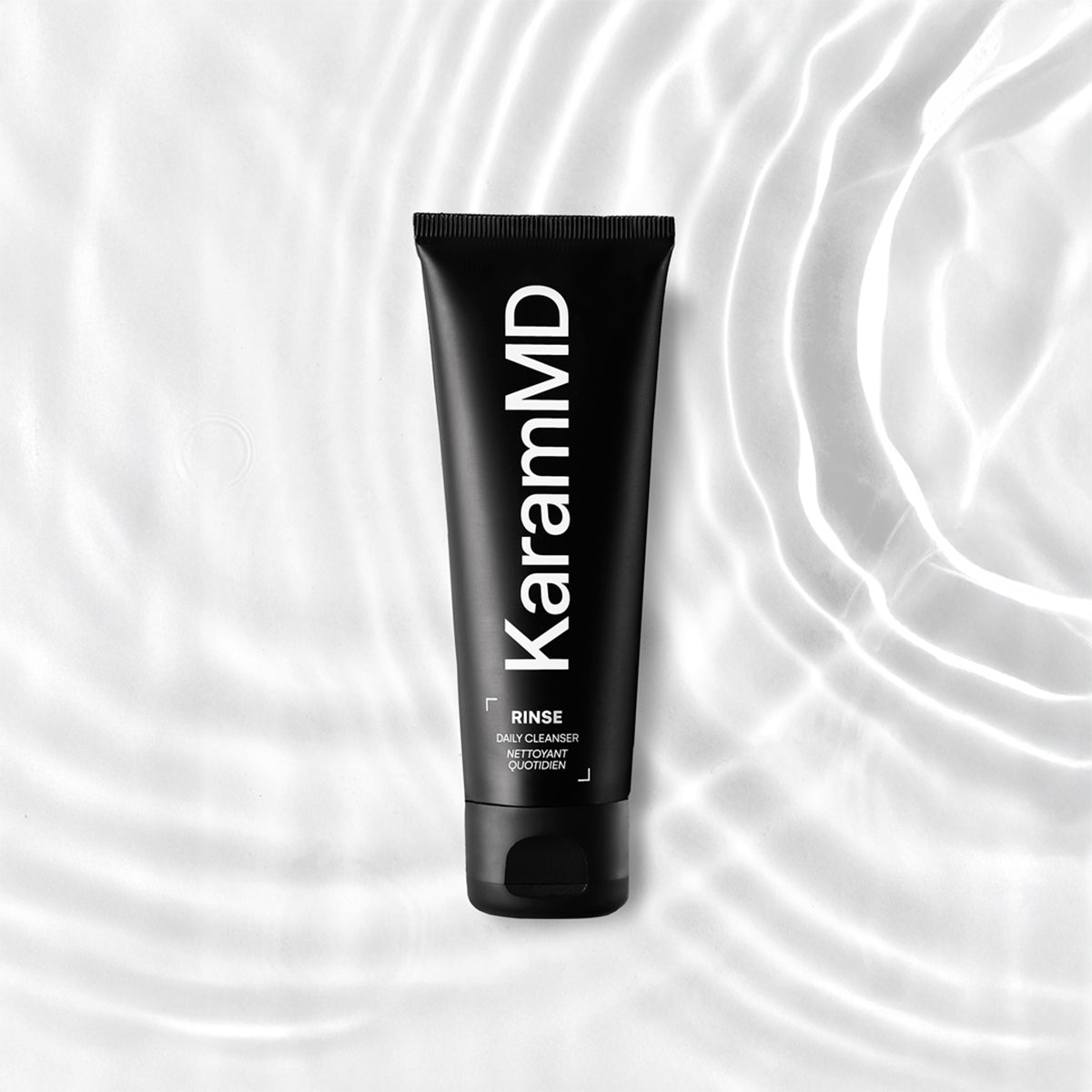
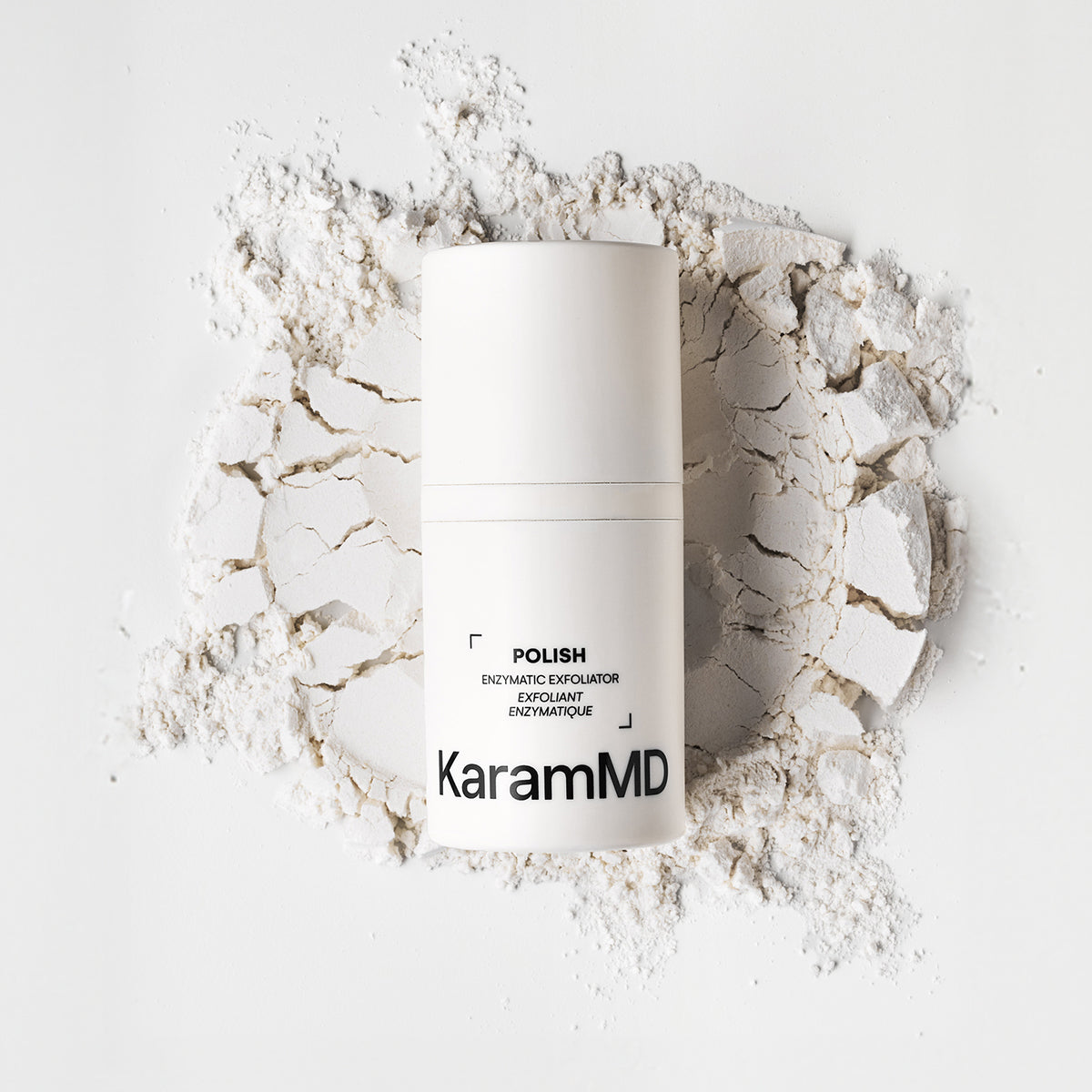
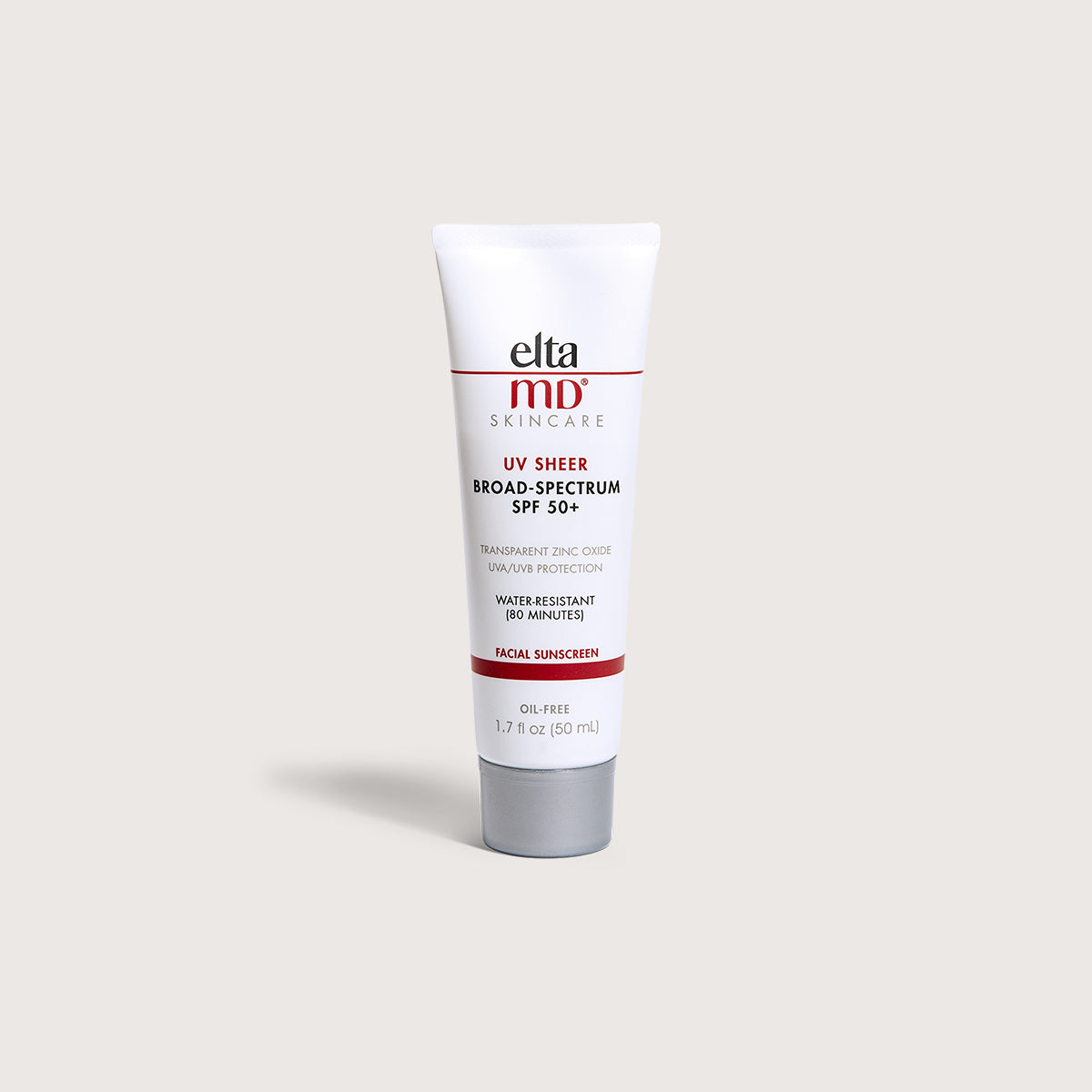
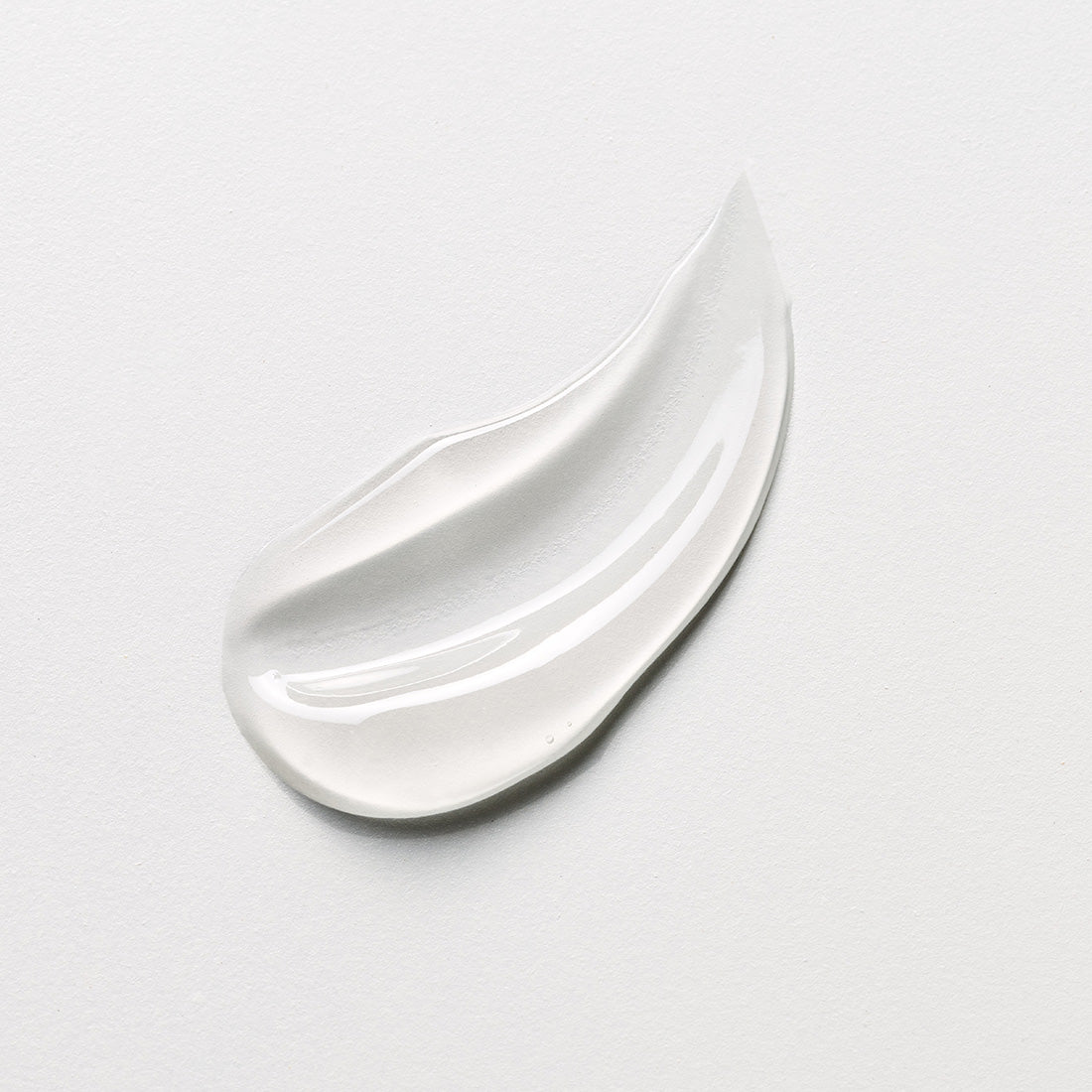




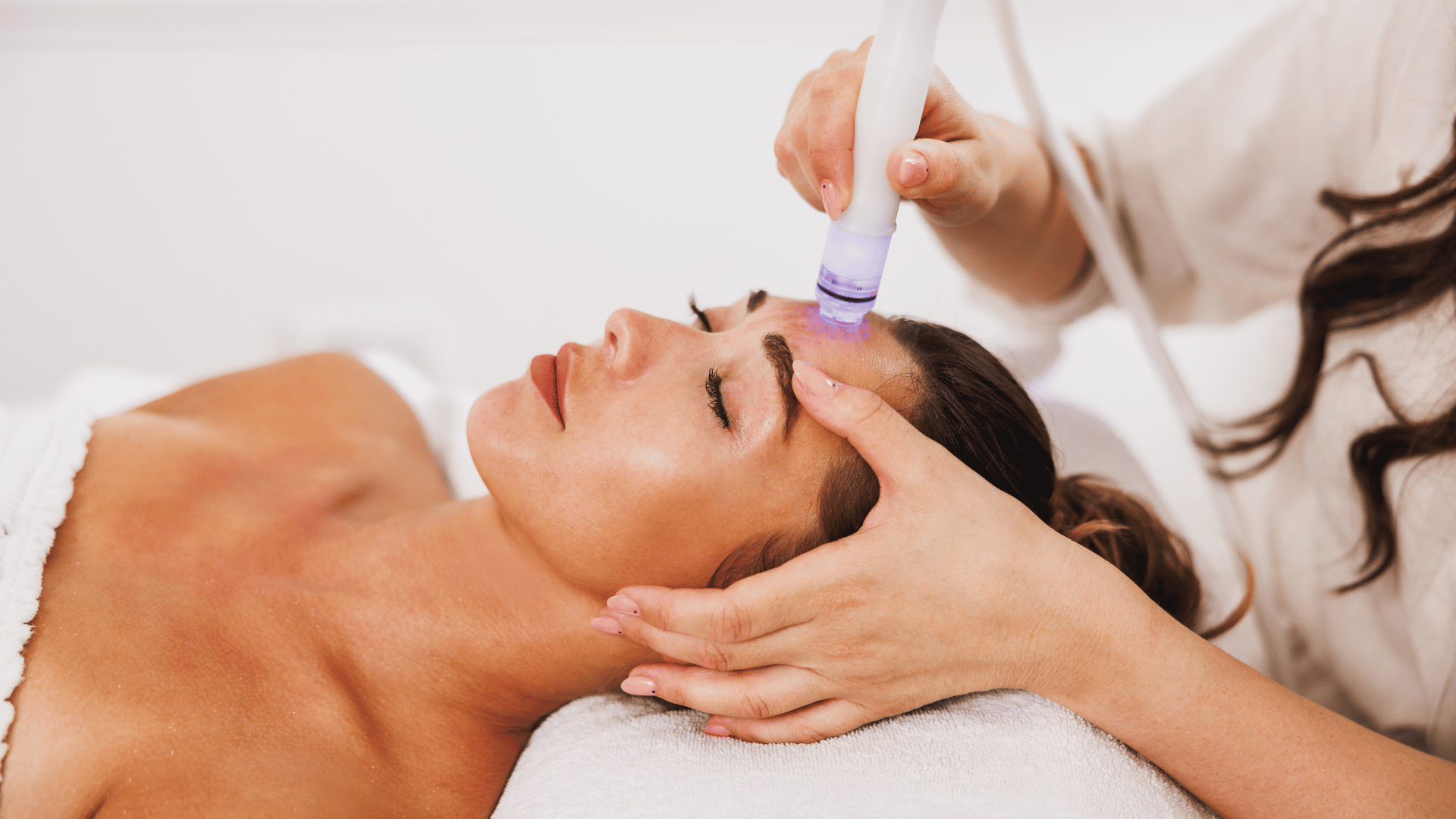


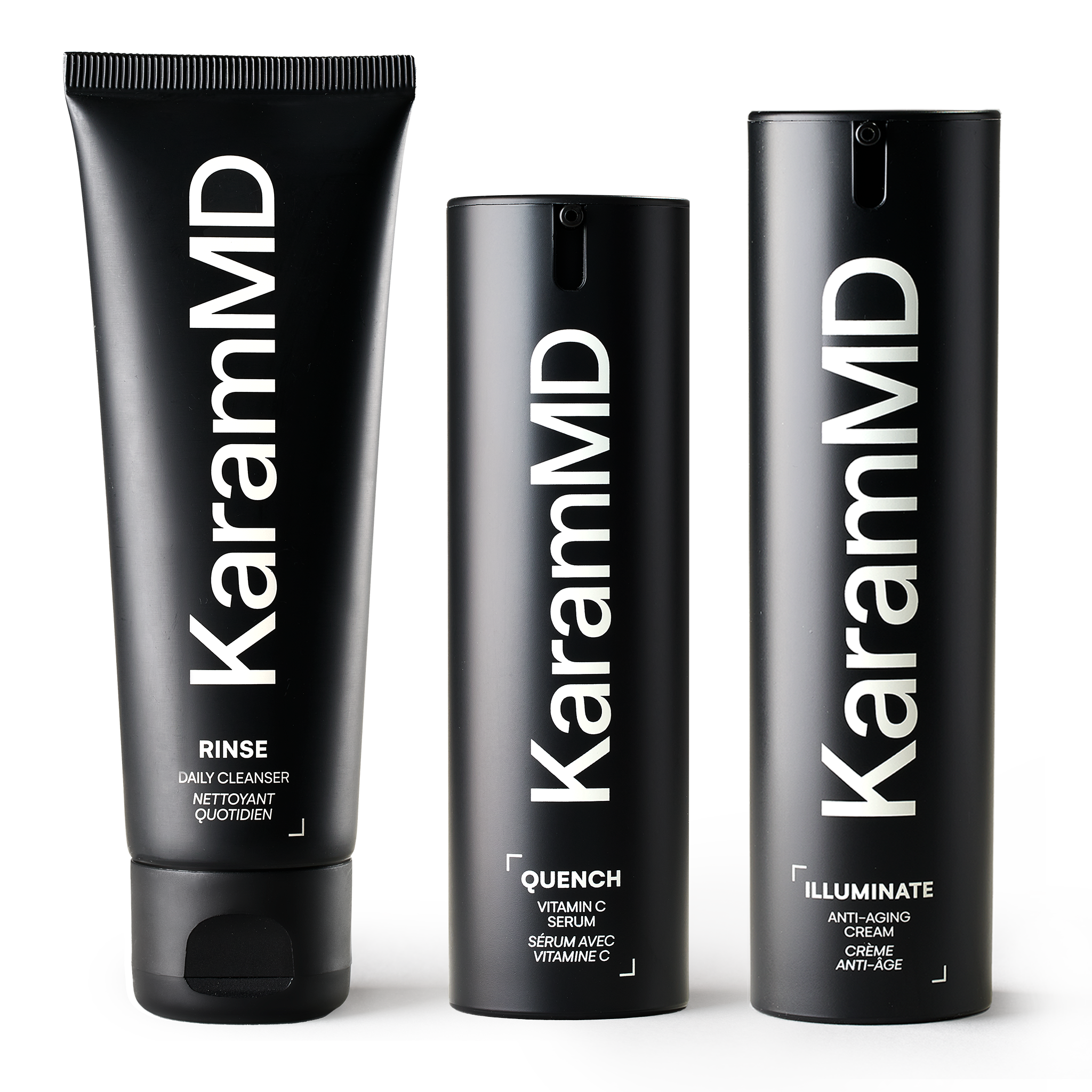
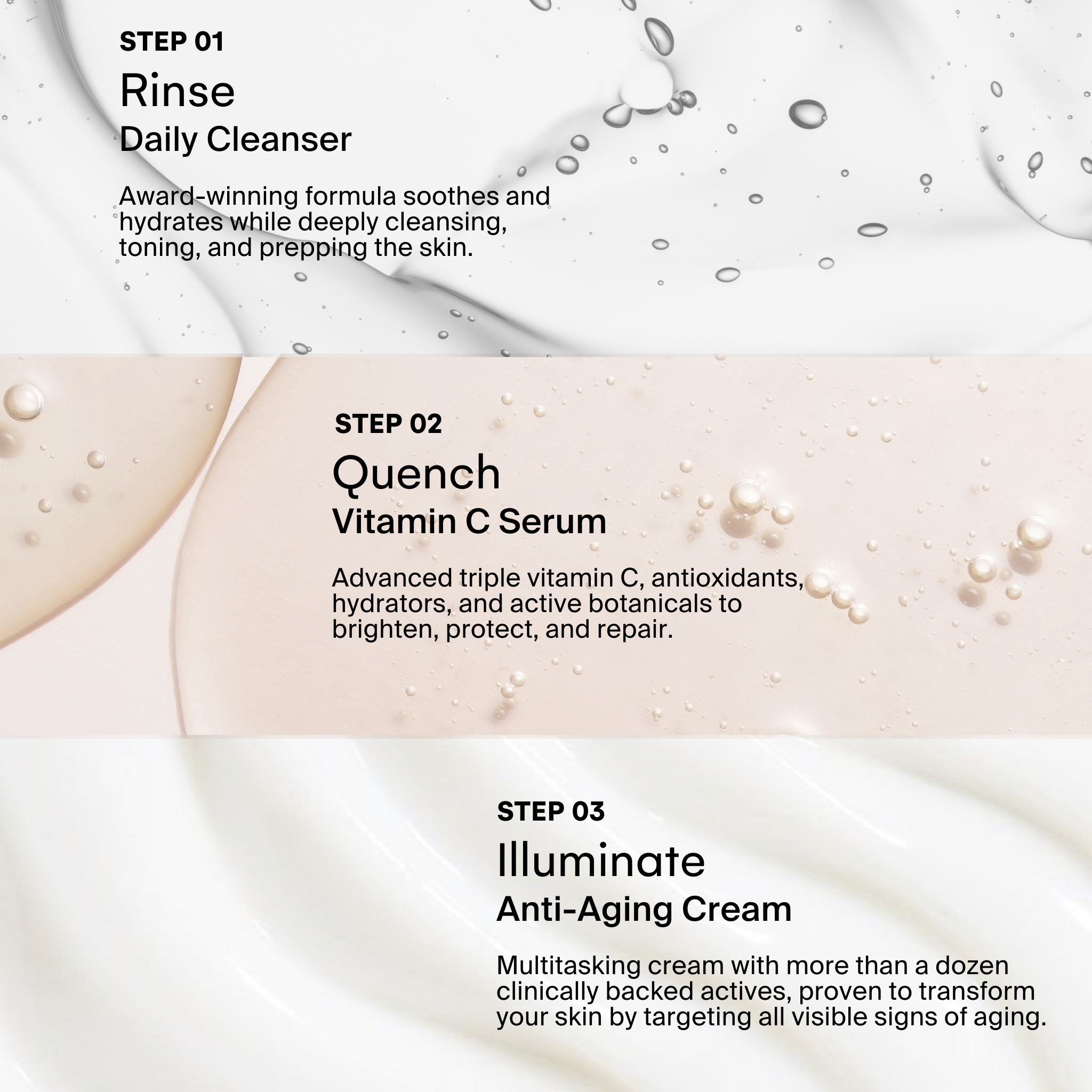
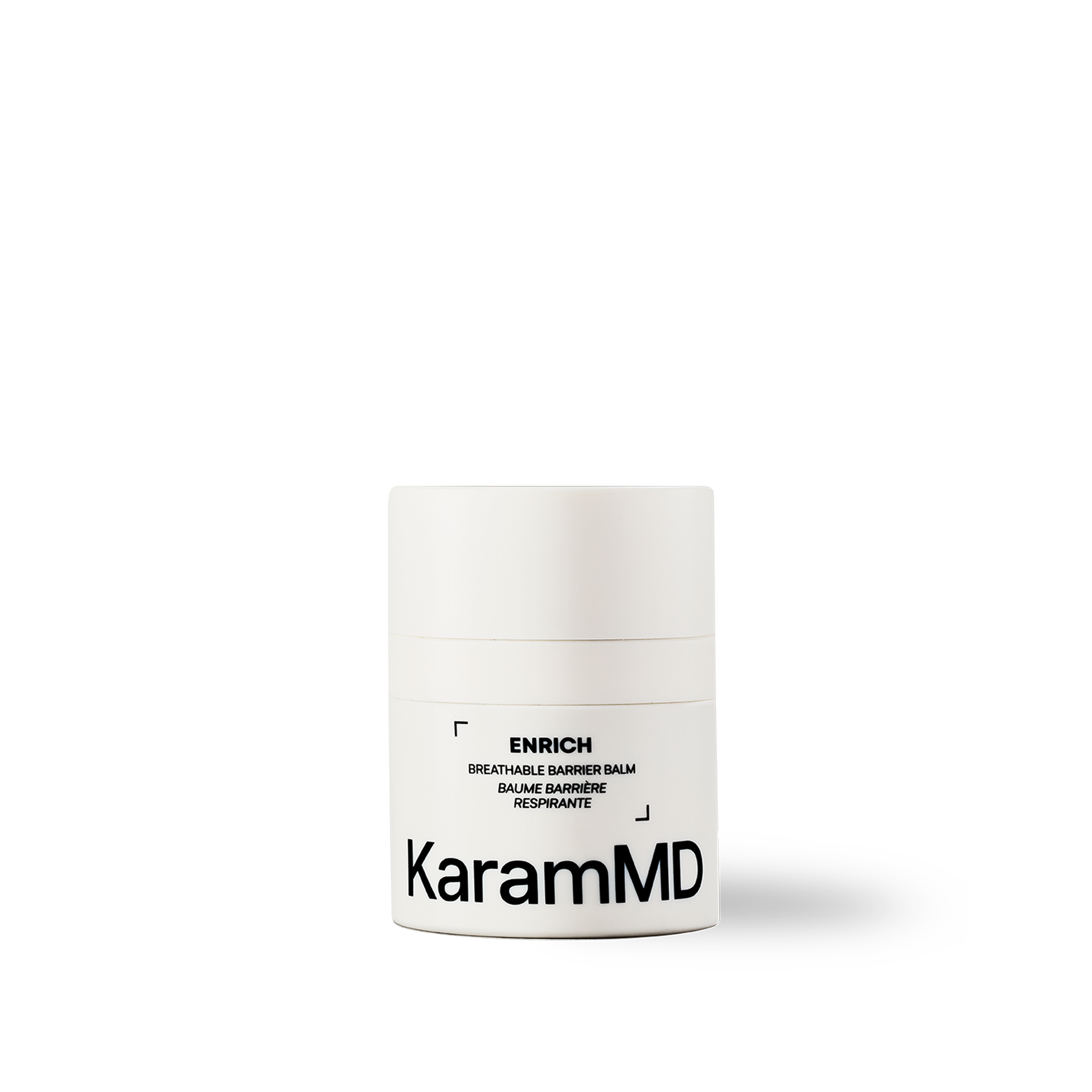
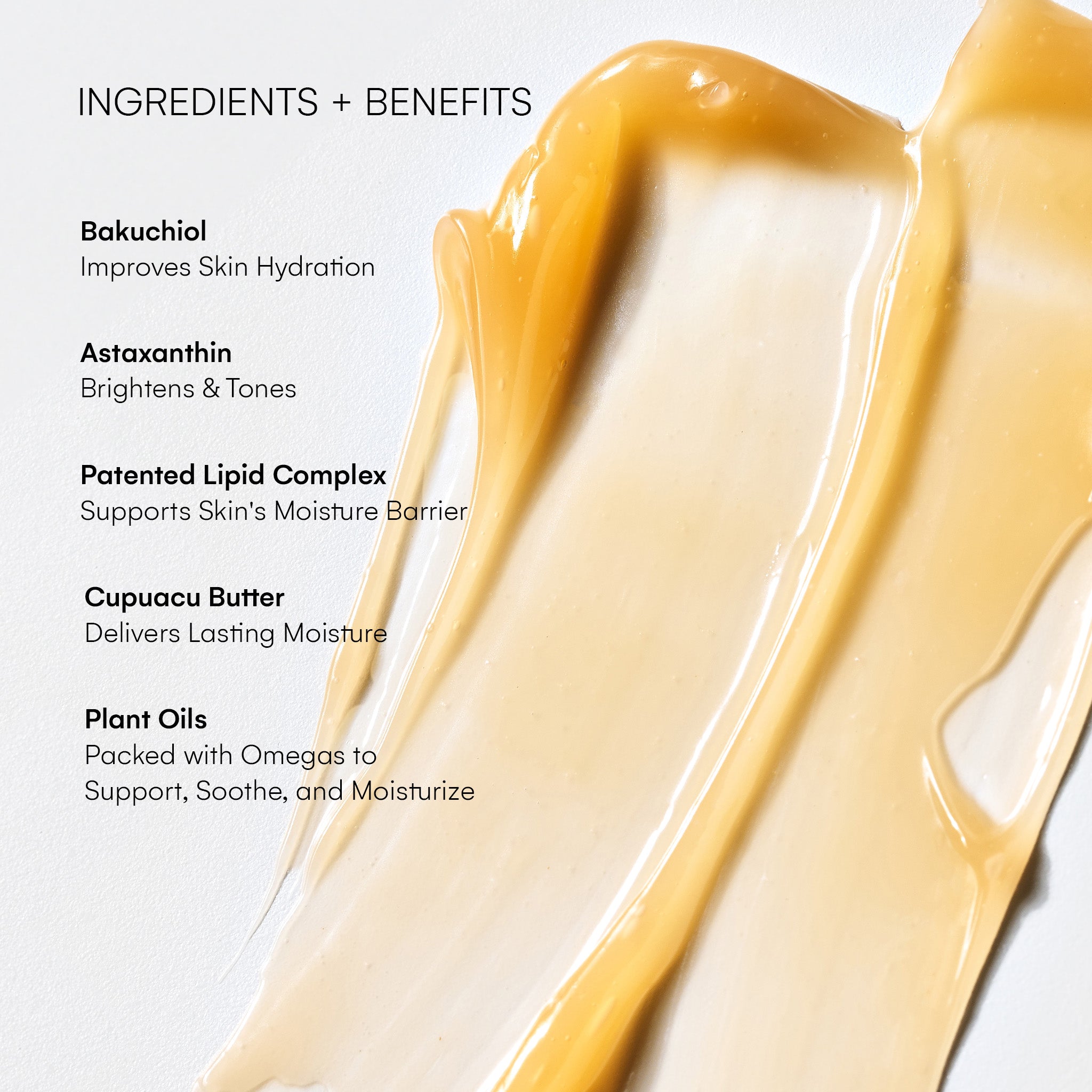
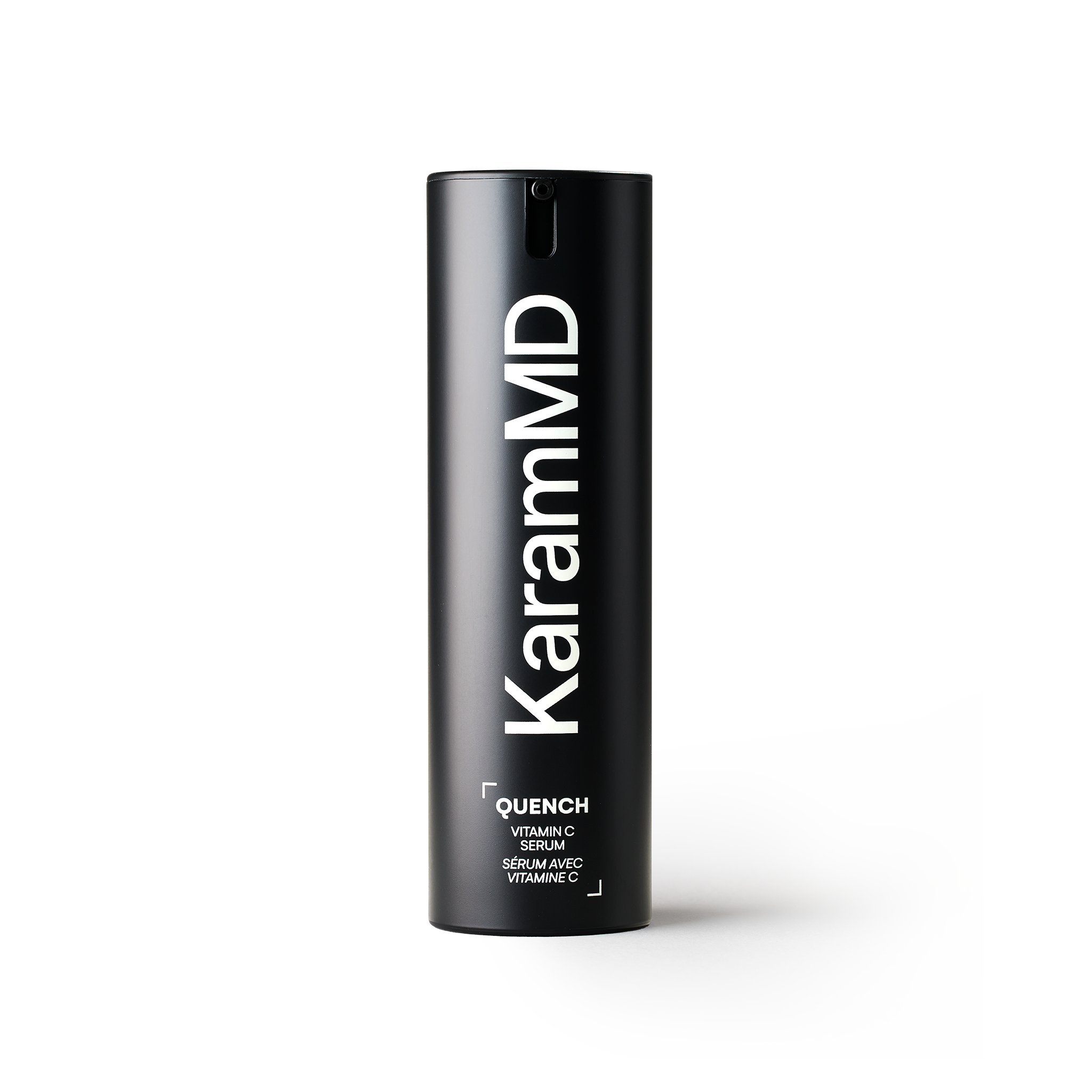
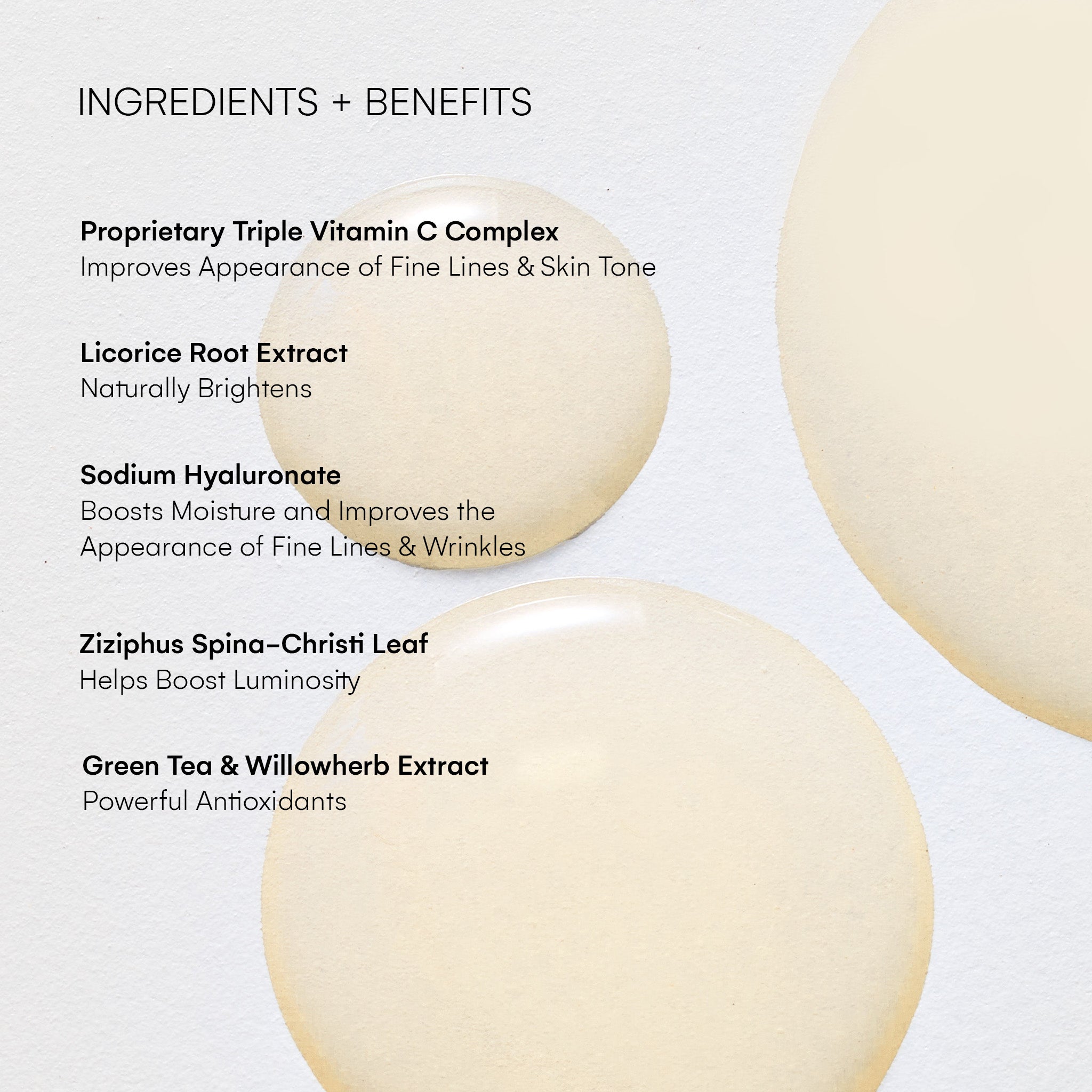
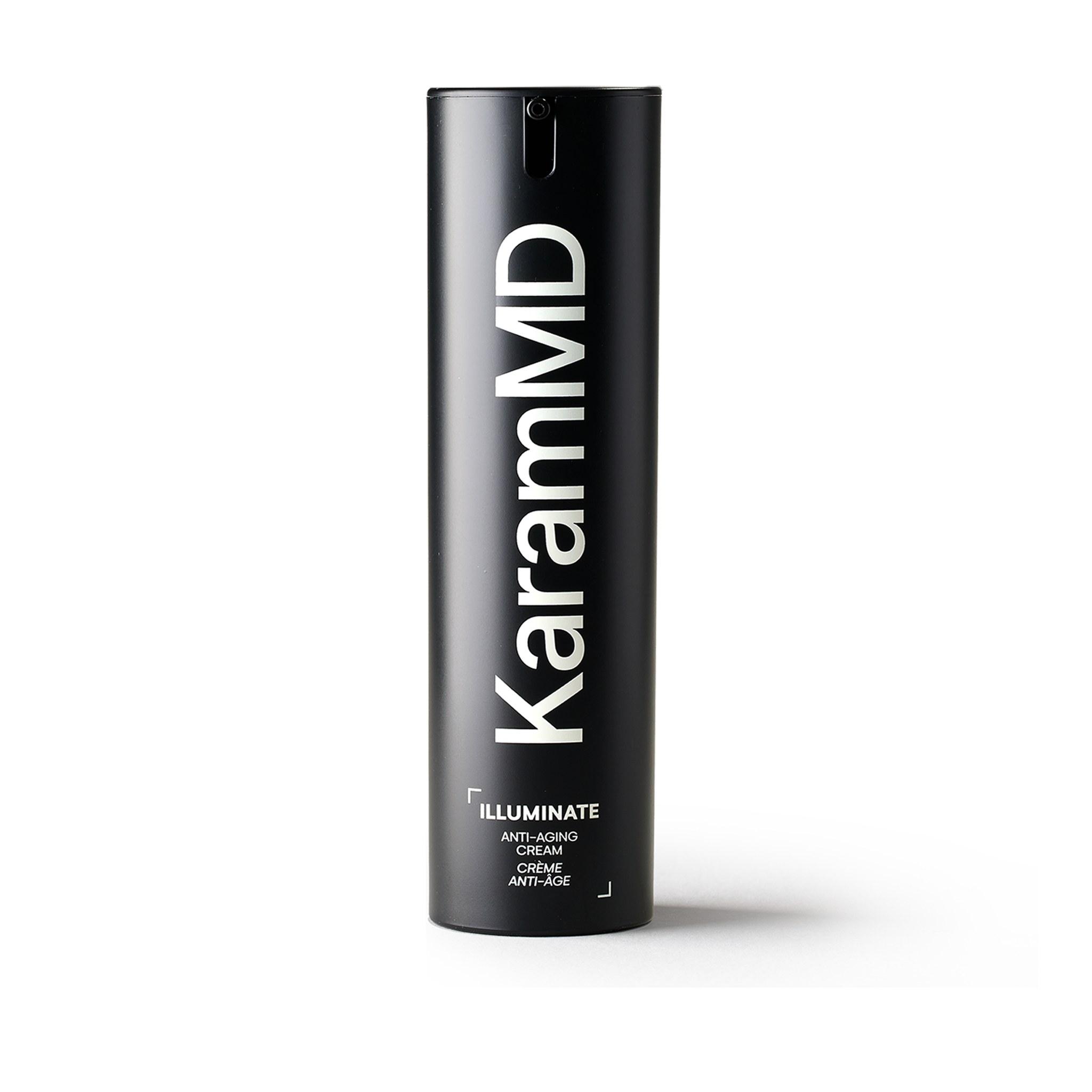
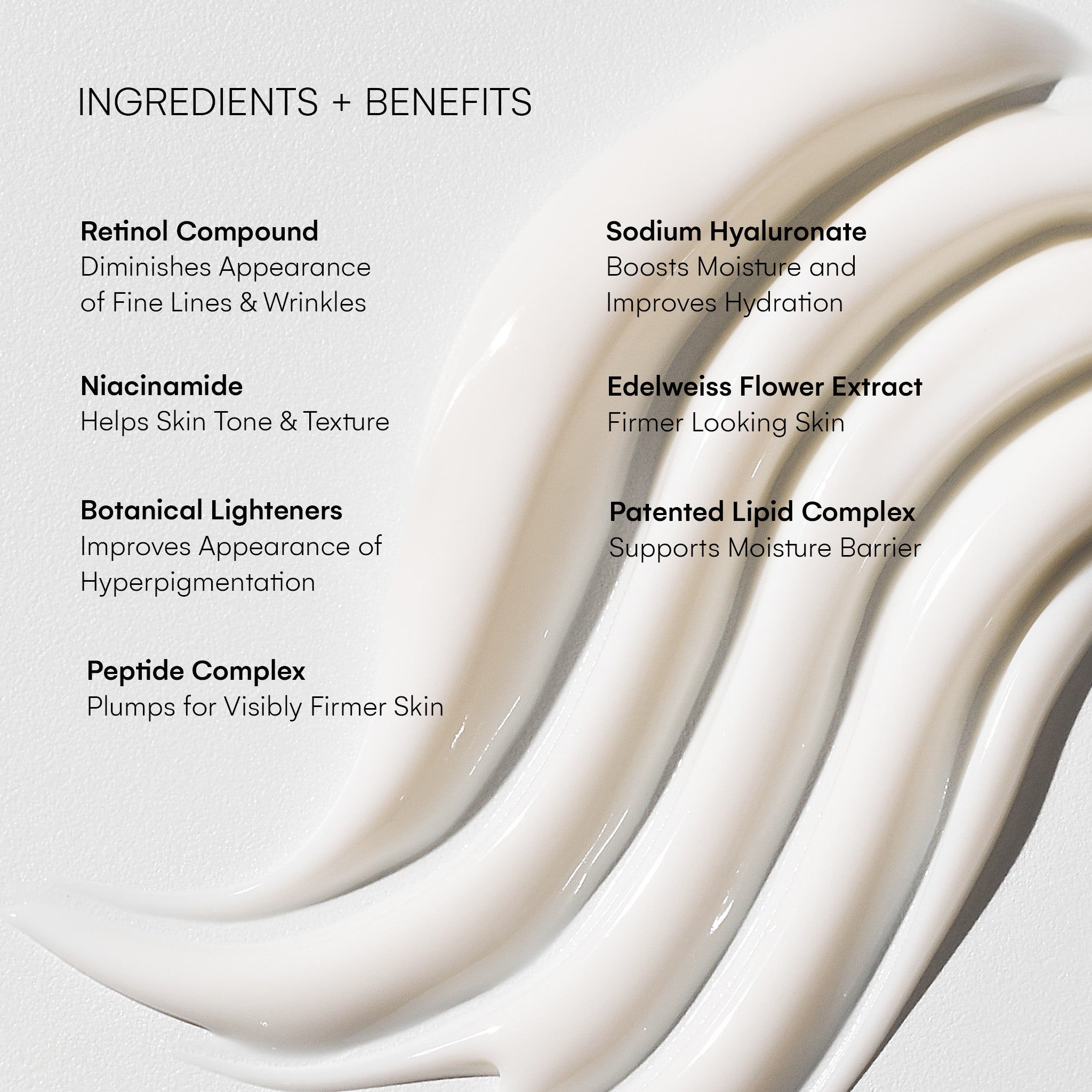
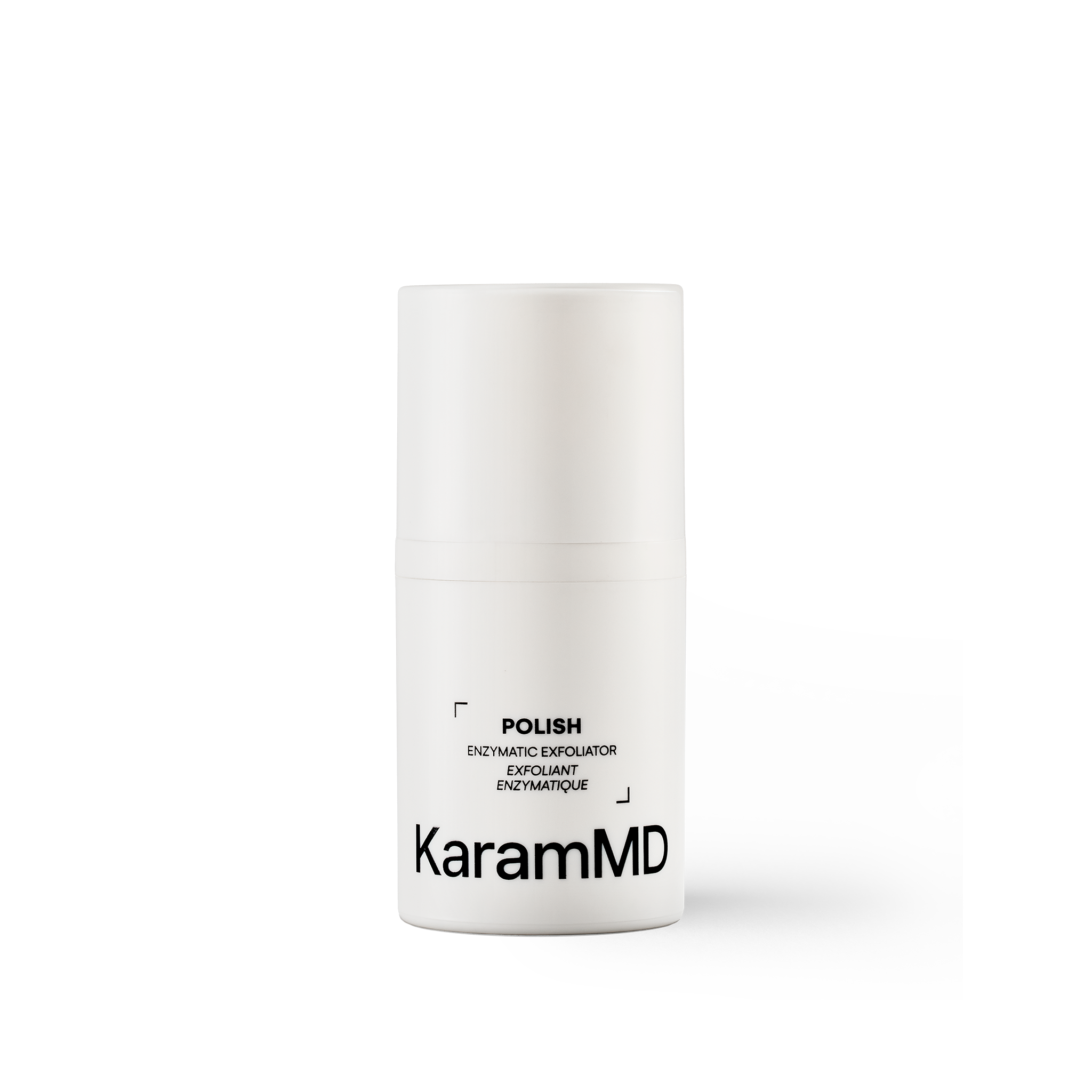
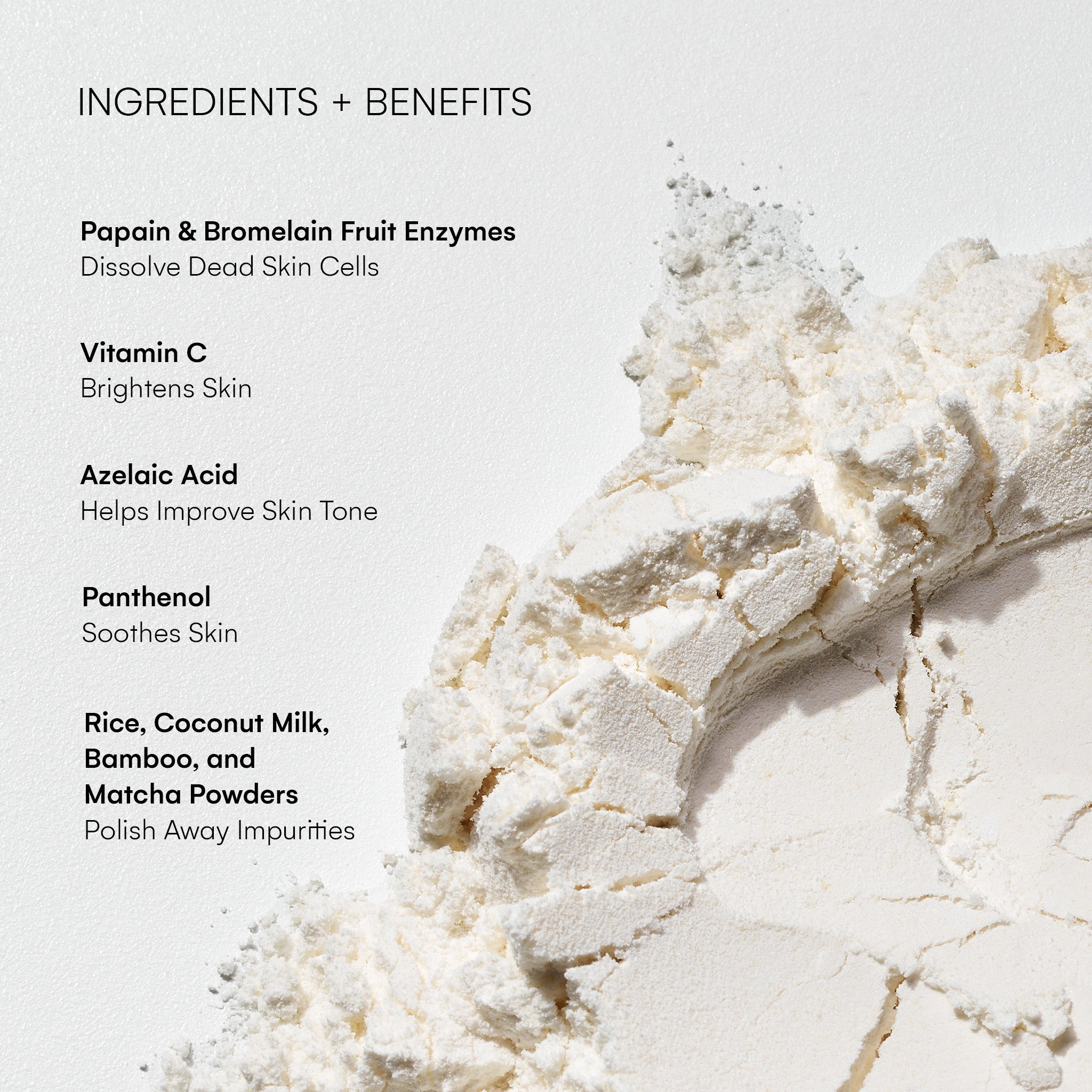
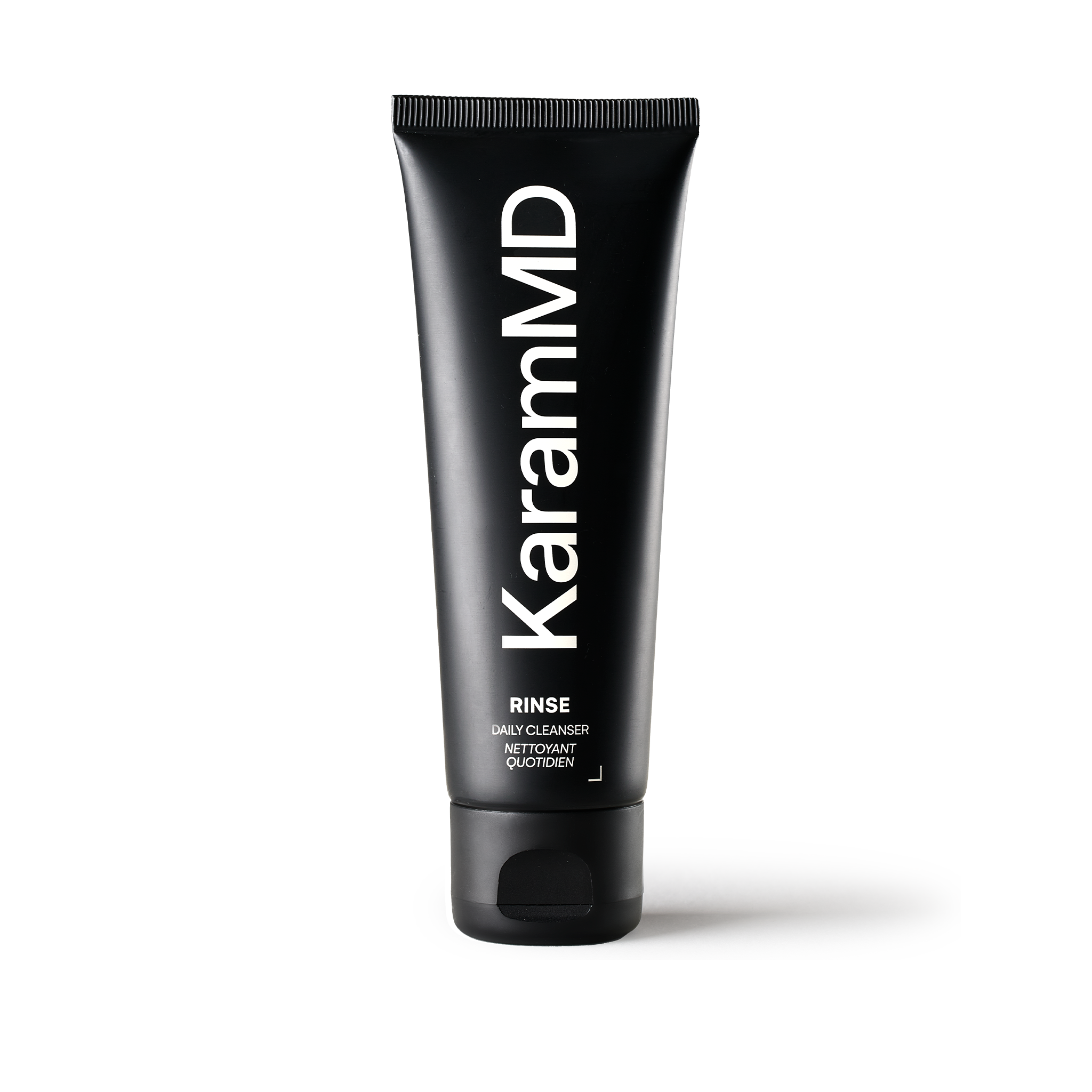
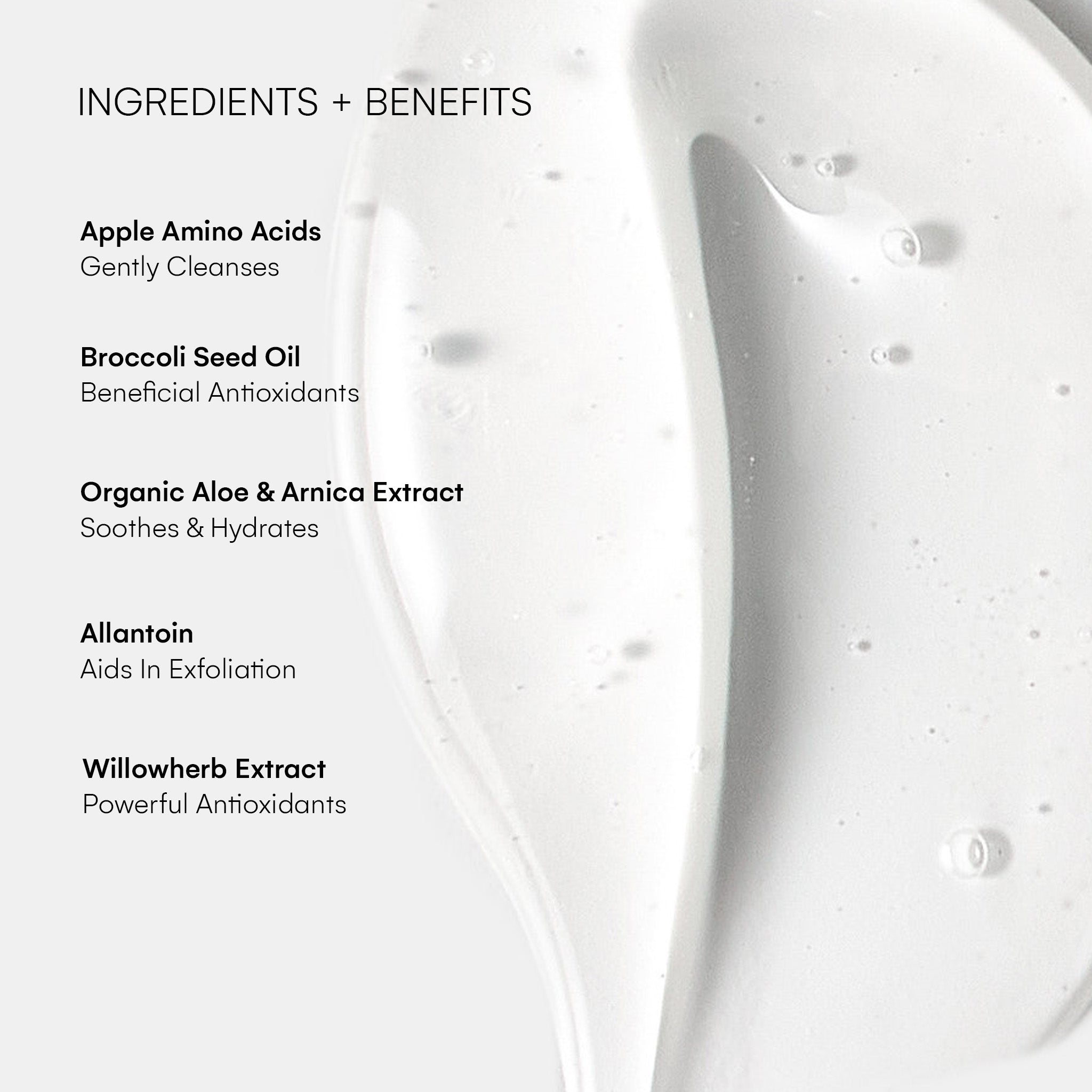
4 comments
karen Graves
I am 82 yrs old, is that too old for a Chemical Peel
———
KaramMD Skin replied:
Hi Karen—Thanks for your comment! Many patients in their 70s and 80s benefit from gentle or moderate peels to improve tone, texture, and brightness. That said, it’s important to choose the right type of peel for your skin and to have it administered by a qualified professional who can tailor the treatment to your needs. We’d recommend scheduling a consultation with a trusted provider who can evaluate your skin and make safe, personalized recommendations. Wishing you all the best on your skincare journey! 💛
Laurie Haven
Can a medium depth peel be used on the hands?
———
KaramMD Skin replied:
Hi Laurie—Thank you for your comment! Yes, medium-depth chemical peels can be used on the hands to improve skin texture, pigmentation issues, and signs of aging such as fine lines and age spots. Peels with agents like trichloroacetic acid (TCA) or glycolic acid are commonly used for this purpose. However, there are a few important considerations! The skin on the hands is thinner and more prone to irritation, so choosing the right concentration and ensuring proper aftercare is critica. The use of sun protection after the peel is also essential, as newly exfoliated skin is more sensitive to UV damage. Additionally, some redness, peeling, and dryness are expected during recovery, which may take 1-2 weeks. It’s always best to consult with a dermatologist or skincare professional to determine the appropriate peel strength and ensure the procedure is done safely.
Janice Graf
I really liked this article about peels. You are excellent at explaining what the story is about skin care. I truly appreciate.
When I inquired about a peel after being dermaplaned, they gave me a brochure about PRX Derm Permfextion that claims no frosting or peeling after the application. So in what category of peels – superficial, medium, or deep, does this product belong, do you think? The brochure says the formula combines hydrogen peroxide and a high concentration of TCA and Kojic acid.
Thank you,
Janice Graf
———
KaramMD Skin replied:
Hi Janice—We are so happy to hear that you’re enjoying the Journal articles and looking into peels. The PRX Derm Perfexion that your doctor shared with you is a skin treatment that combines 33% Trichloroacetic Acid (TCA), Hydrogen peroxide, and Kojic acid. Unlike traditional chemical peels, this formulation allows the TCA to penetrate the deeper dermal layers while leaving the epidermis intact, resulting in minimal surface irritation. Traditional chemical peels are categorized based on their depth of penetration but PRX operates differently and doesn’t fit neatly into the traditional peel categories. It’s often referred to as a “no-peel peel” because it revitalizes the skin and stimulates collagen production and skin renewal without causing the epidermal damage associated with medium or deep peels. PRX offers the benefits of deeper peels—such as collagen stimulation and skin rejuvenation—without the associated downtime, peeling, or frosting. Its innovative formulation allows it to bypass the epidermis and work directly within the dermis, making it an effective option for skin revitalization. Hope that helps!
Miriam Sanchez
Would a chemical peel help resolve my condition? I have milia on my face, all over. May I please hear from you. Thank you.
———
KaramMD Skin replied:
Hi Miriam—When it comes to something like a chemical peel, it’s best to consult with a dermatologist or skincare professional to determine the most suitable treatment for your condition. They can provide personalized advice and ensure the treatment is safe and effective for you. In the meantime, I would also suggest using a mild exfoliating product like Polish to help remove dead skin cells, using a Retinol-based product, like Illuminate which contains many powerful ingredinets to help speed up skin cell turnover, and make sure you are using non-comedogenic products, like all of the KaramMD products, inclduing Enrich, to prevent further clogging of pores. I hope that helps! >
Leave a comment
All comments are moderated before being published.
This site is protected by hCaptcha and the hCaptcha Privacy Policy and Terms of Service apply.